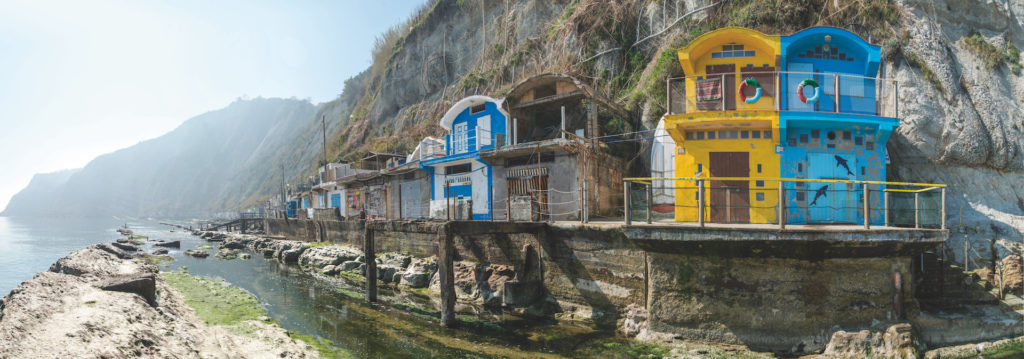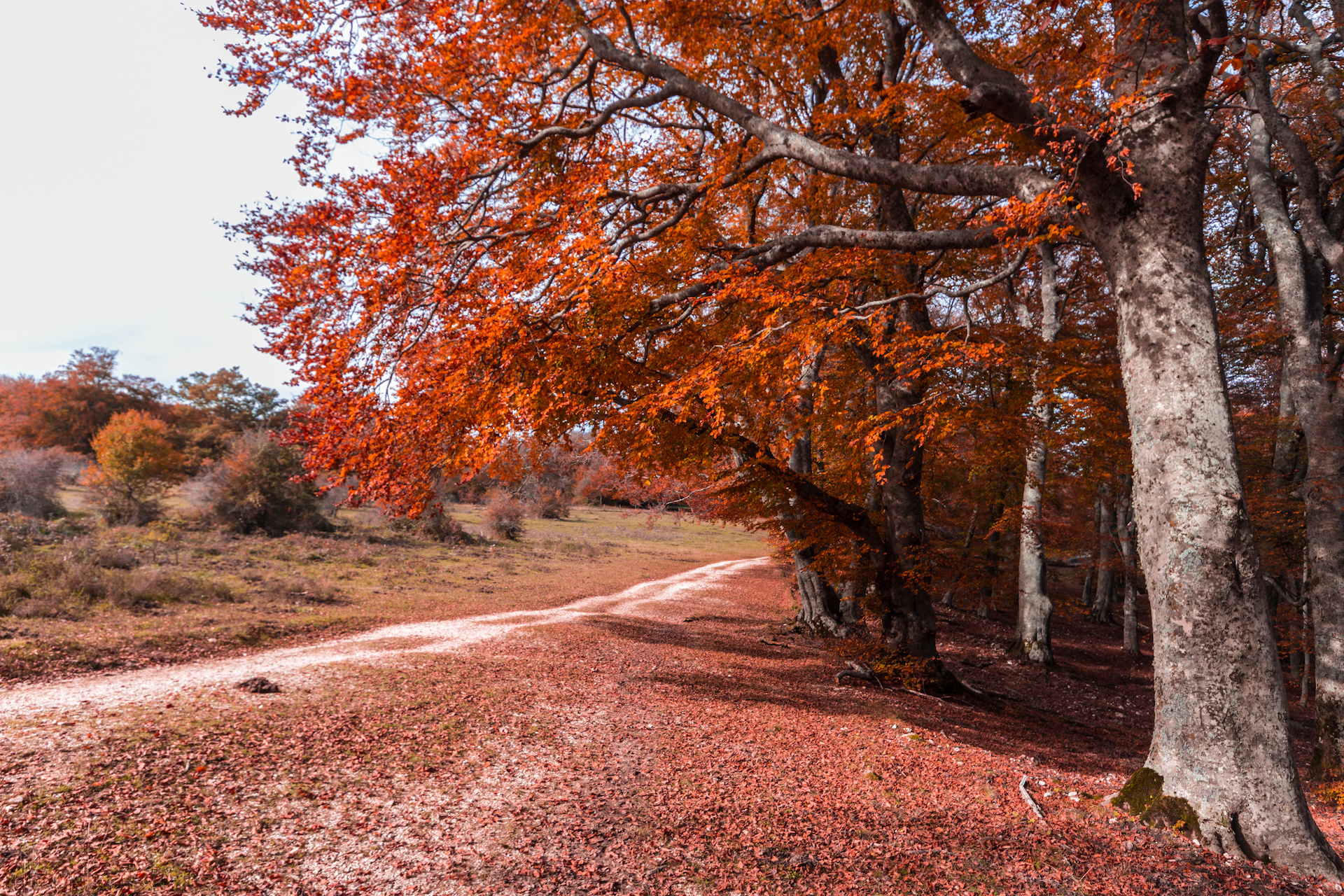The sea, that wide salty water body
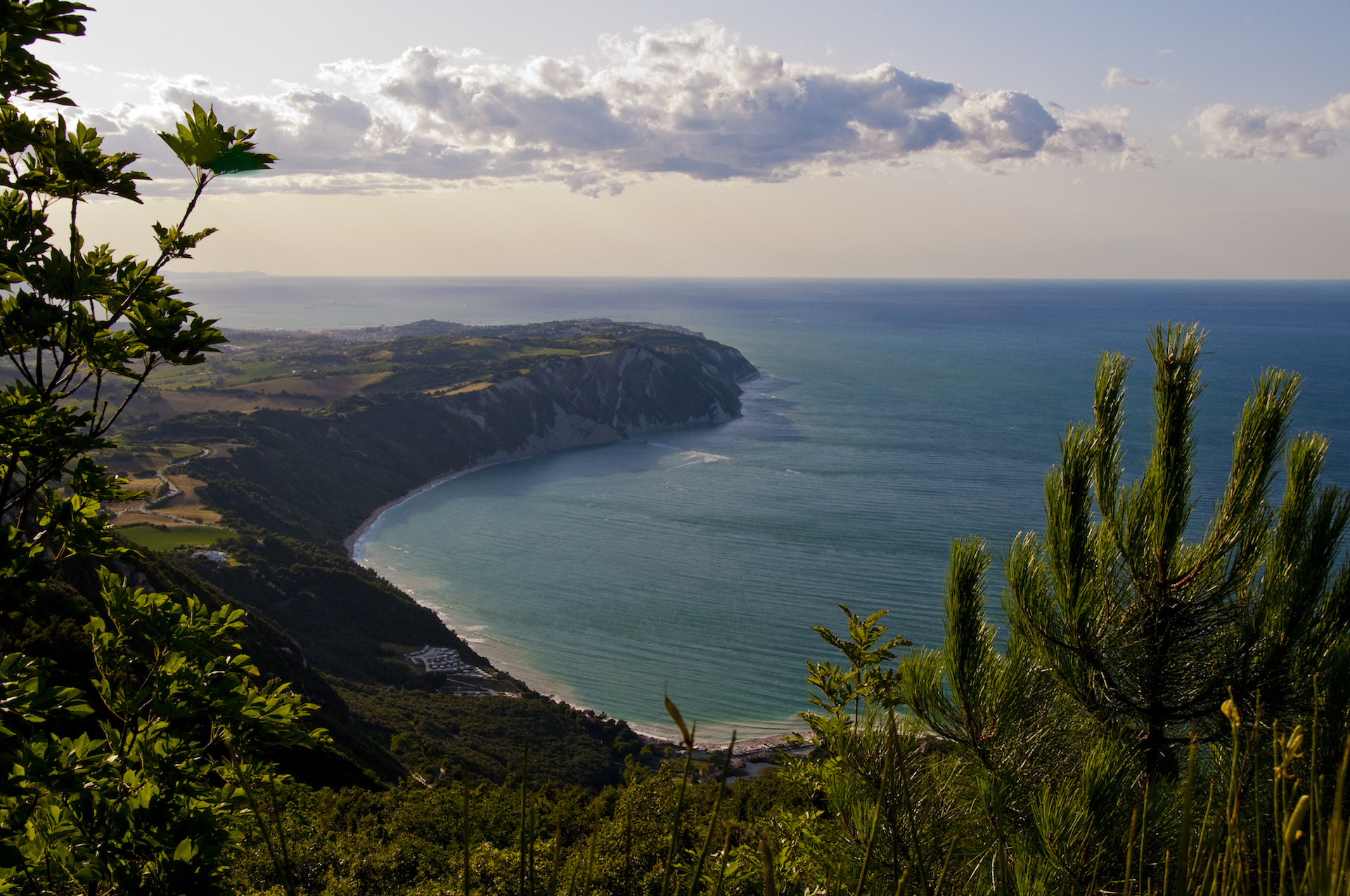
Its blueness belongs to us
Marche is a region that shows a thousand faces and a thousand colours: the yellow of sunflowers fields, the green of hills and natural parks, the red of its traditions, folklore and culture and, last but not least, the blue: the intense blue of the sea, of lakes and rivers and of the events it dedicates to this natural resource is one of the wonders of this wonderfully preserved land.
180 kilometres long coasts, 26 localities overlooking the Adriatic sea, the commercial port of Ancona and the tourist ports: these is the marine side of Marche, a region which has always been a crossroad of exchanges with the Balkan coast and the other Mediterranean countries.
Nine tourist ports are available along the coasts of the region. In the province of Pesaro and Urbino in Gabicce Mare, Pesaro and Fano; in the province of Ancona in Senigallia, Ancona and Numana; in the Province of Macerata in Civitanova Marche, in the province of Fermo in Porto San Giorgio and finally, in the Province of Ascoli Piceno, in San Benedetto del Tronto. They can host about five thousand boats in total.
Mare fanciullo insaziato di giuoco,
Mare colore – Diego Valeri
vecchio mare insaziato di pianto,
tu che sei lampo e fango e cielo e sangue e fuoco,
oggi hai lasciato alle lente rive orgoglio e forza, gaiezza e dolore:
oggi non sei che colore, un bel colore che vive.
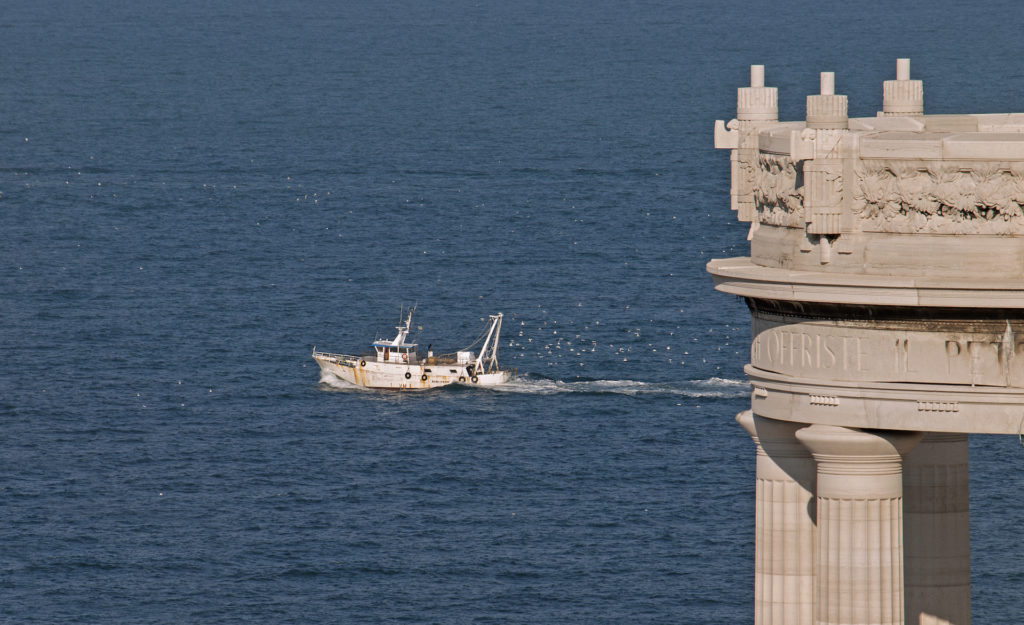
Diving in historical memories.
From the top of one of the coast promontories of Marche, whether Mount St. Bartolo in Pesaro or in Ancona Guasco Hill (where St. Ciriaco’s cathedral rises) or Mount Conero, the view on the Adriatic Sea is quite charming.
When there is no haze one can watch the winding coast disappear in the distance; and when the haze is there, the line of the horizon dissolves on the canvas of the sky with just one brush stroke.
While watching from up there the immense blue expanse that kisses the land of Marche and a light breeze ripples the water surface, one thinks of those who, whether mariners or not, sailed this sea for centuries.
One then imagines he can see the ancient fishermen coming back sailing their humble boats, after fishing for days, with the sea in their hearts, tired and in the meantime happy.
Whether fishing had been good or not, they knew there was always a woman waiting for them, ready to invent new recipes with the catch unsold or disdained by fussy buyers.
That is how those fish “brodetti” (soups) from Marche were born, which nowadays are very appreciated by the most expert gourmets.
Sometimes, instead, one imagines he sees such a galea as the one, built in Ancona, on which sailed pope Urban V to bring the papacy back from Avignon to Rome.
In 1367 Oddo di Biagio, a chronicler from Ancona, wrote that “The galea built in Ancona was as long as none seen before, with cells and rooms painted and adorned like halls in a palace. And was manned by sailors and rowers from Ancona”.
If from mount Conero one looks south, the sea appears to skim the coast silently because the sound of waves is carried away by the breezes, which meander through the trees of the Conero Park and leave their salty taste on the skin. Down below, in the Portonovo Bay, there is the small fort wanted by Napoleon and built by Eugene de Beauharnais, around the year 1808, to protect the coast from the assaults of the English who tried to land there.
And then the mind flies light above the shore and reaches down the southern border of Marche. Here the sea brought more than stories and tastes: it brought the legend of a boat which on a night came ashore carrying the body of a martyr, St. Benedict, in whose honour the local fishermen built a little temple, and around the temple a village. That was before the year 1000. Nowadays that village is called San Benedetto del Tronto. But this is just one of the great memories treasured by the sea of Marche.
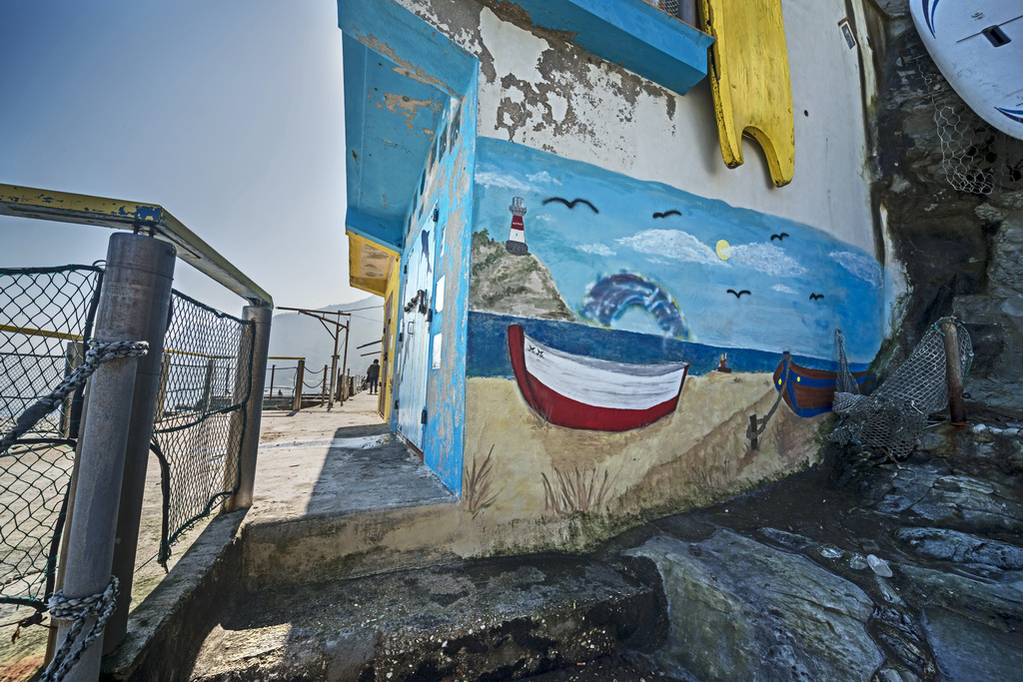
Our identity is marked by the marine civilization.
It is difficult, by now, to find in the cities of the coast the ancient roots of the marine communities which founded them and lived there for centuries. The swift economic development of the 20th century caused radical changes on the coast landscape.
“Memory” can be retraced through ancient documents, local chronicles or the stories of old surviving sailing fishermen and little merchants.
Come on fisherman, fish and pull,
P. Bertoli
Keep on fishing, never stop.
There’s little fish into your net,
Long are your days upon the sea.
Memories of a fisherman
Only memories transmitted from father to son are left, by now, of the ancient craft of sailing fishermen. A fisherman is someone who can raise respect and curiosity; determination and sheer passion flow in his blood. Knowledge and ancient, dangerous, hard gestures stick together in his personality. Go and talk to an old fisherman: you’ll make him happy to tell his story. He will immediately share with you his skills, which are still strong in his memory. He will tell you that his boat was pushed by the blow of the wind on the sails and that quitting the port was impossible in days of dead calm. On board, he disposed of three instruments: a compass, the sails and the rows. He’ll then tell you that a fisherman had to be an expert in weather forecast, wind direction, clouds and water and that this was the only way he could decide whether it was worthy venturing on the sea or not; and how many sudden storms he faced and how he saved his life through pain and fear. Boat, sails, nets, working clothes were handmade. Women sewed the sails and prepared the nets and the waxed canvas clothes. Rope makers crafted the ropes in the vicinity of the port. Nets were lowered and lifted by means of the only strength of the arms, with both good and bad weather. Boats always sailed by couples, each holding an extremity of the net they dragged on the seabed. Since there were no freezers, they could not stay long out on the sea: they had to go back as soon as possible with the catch, especially in the summertime. It was a tough, not always gratifying job.
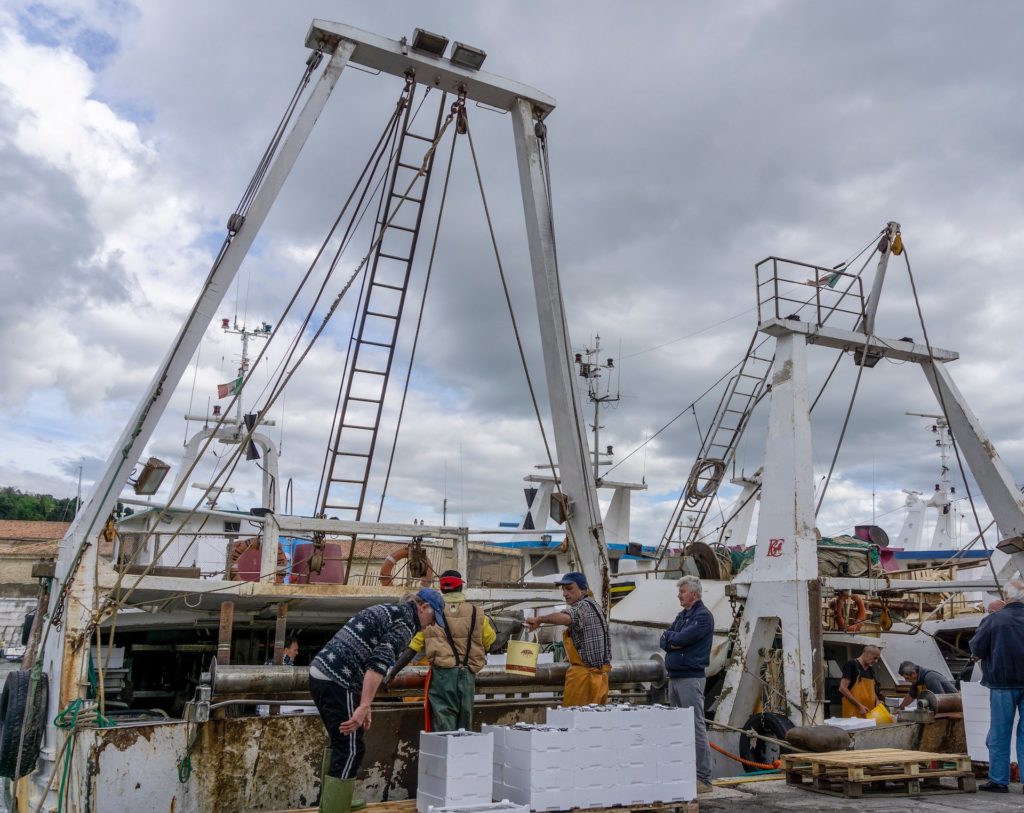
The port is active since dawn
The atmosphere, when fishing boats are on their way back, is made typical by the background noise, by the smell of the engines and by the screaming seagulls which fly above the boats hoping to get some fish. Aboard, men are busy selecting and preparing the catch they will sell at the auctions. Thus, while the rest of the world is asleep, there are those who, pushed by a great and indescribable passion, passionately and proudly work to send on the tables of restaurants and on the desks of fish shops good fresh fish.
After fishing, the sale at the fish market.
In the ports of Ancona, San Benedetto del Tronto and Civitanova Marche (to mention the most important fish markets of Marche only) the catch is sold at auctions during intense and involving rituals. Watching those men at work brings observers back into an ancient tradition which is renewed every day.
Joining the auction of the night fish market is a special experience. One has should wake up before dawn, reach while still sleepy the docks of the port and let the shiny neon light blind him. The ritual is repeated Tuesday to Friday and begins at 3 a.m. (time schedules may change by thirty or forty-five minutes according to the place), with different phases according to the kind of catch. Cases downloaded from the boats flow endlessly on parallel conveyors after being weighted. A notice board details the characteristics of the product on show (price, gross and net weight). High on the gallery, buyers watch, ready to make their offer by means of a remote control, as soon as the displayed price matches the current market price. The less the catch, the higher the price. Auctions mark a point in favour of quality, since they allow fishermen to sell as soon as possible a product which by definition is very perishable.
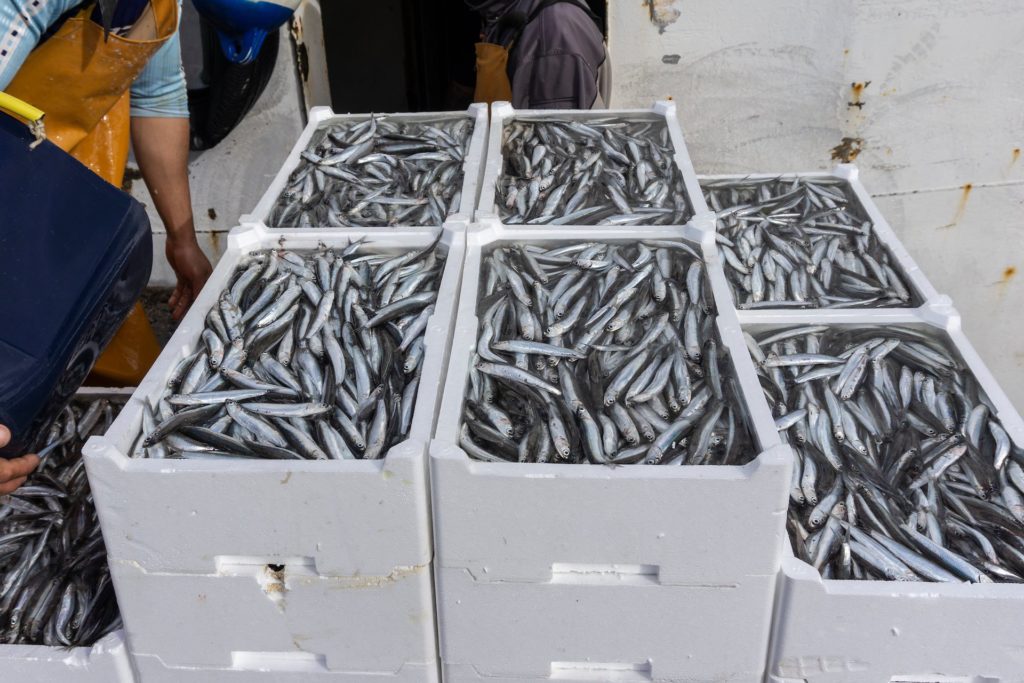
Bluefish
“Bluefish” is a generic definition born for commercial reasons and later adopted in the gastronomic and nutritional fields. This kind of fish can be used in innumerable recipes which are a patrimony of the regional cooking tradition, and in addition it is considered by health enthusiasts as a collection of organoleptic qualities, being rich with mineral salts, vitamins and Omega 3 fat acids.
Since they move by schools, bluefish are easy to catch. They are then salted, which makes them easy to transport, even for long distances. They include sardines, mackerels, herrings and anchovy.
“Paccasassi”, also called “Spaccasassi”, and wild Portonovo mussels
These are two kinds of food, each tasting both like the sea and Mount Conero, but one has got to taste them to realize how true it is.
Since generations, sea people call “paccasassi” (stone breaker) a peculiar species of seaweed in which one finds both the flavours of sea salt and of rocks. It looks like a little sea fennel or parsley and is rich with vitamin C. It almost disappears in winter but sprouts again between stones and rocks in spring, in the area of Mount Conero. Sailors loved it because its nutritional properties prevented scurvy. It is now a symbol and a tradition of our land. It is crunchy, its taste is strong and unique, and fits with salads and fish appetizers.
“Moscioli”, instead, are “wild” mussels (Mytilus galloprovincialis) which reproduce naturally six or seven times a year and live clinging the submerged rocks of the coast under Mount Conero. The fishing area of “moscioli” lies along a one kilometre long rock called “il Trave” (the Beam) and reaches up to the Two Sisters rocks in front of Sirolo. They are a tasty food, and a clean one because their collection is respectful of environment. Their most typical recipes are spaghetti with moscioli and marinara moscioli.
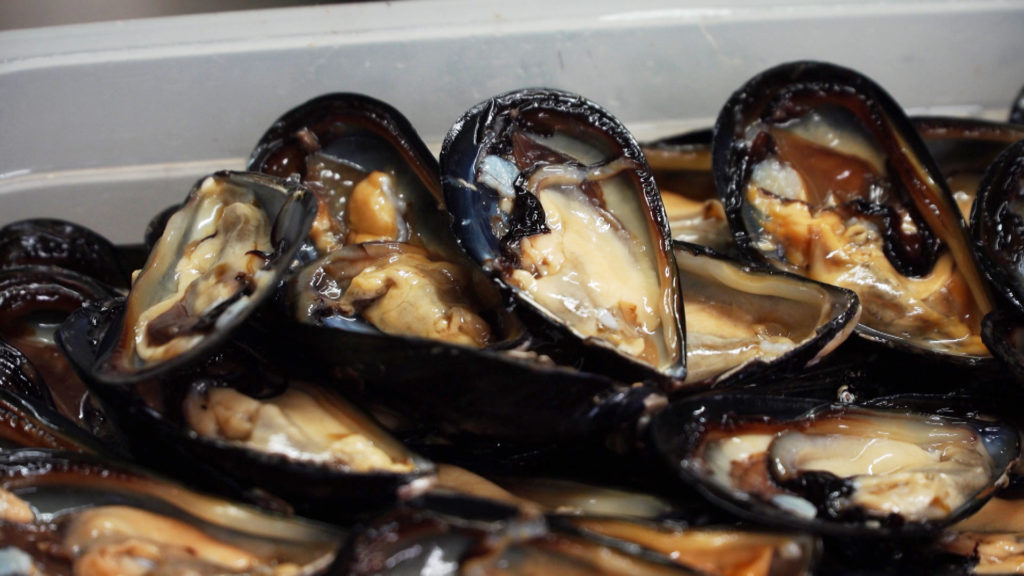
The Sailor’s coffee
A typical and ancient sailors’ drink, most appreciated as a digestive after meals, or a means to warm oneself up in the cold winter days, the Sailor’s coffee was prepared on board in the coldest fishing days by adding to hot Italian coffee a variety of spirits, which never missed on fishing boats. The most appreciated were certainly rum and anisette.
Tasting brodetto is like having the Adriatic sea in the dish.
The ancient cooking tradition of brodetto exists since fishermen exist. It is an appreciated seafood dish which for centuries was the main, or maybe the only, meal of fishermen. Its definitely popular origin is due to the habit, fishermen of the Adriatic sea had, of cooking on board the part of catch which could not be sent to the market, either because of its poor quality or of its small size and quantity. The typical characteristic of brodetto is the use of a variety of fish, at least nine or ten species, which vary according to the season when the dish is cooked: cuttlefish, codfish, tub gurnard, smooth-hound, stargazer, rockfish, European bass, mantis shrimp, angler, sole, goatfish, ray, Peter’s fish. The definition of “Brodetto”, belongs to a variety of recipes, which are usually completed with the name of the port. Brodetto may therefore be the Ancona, San Benedetto, Porto Recanati, Fano way, etc. There are a “white” version and one with red tomatoes, one with green tomatoes and one with tomato concentrate, there are brodetti flavoured with vinegar and others flavoured with wine… The common denominator of them all is that their main ingredient is good and fresh fish. And now, confess: doesn’t brodetto make you drool?

